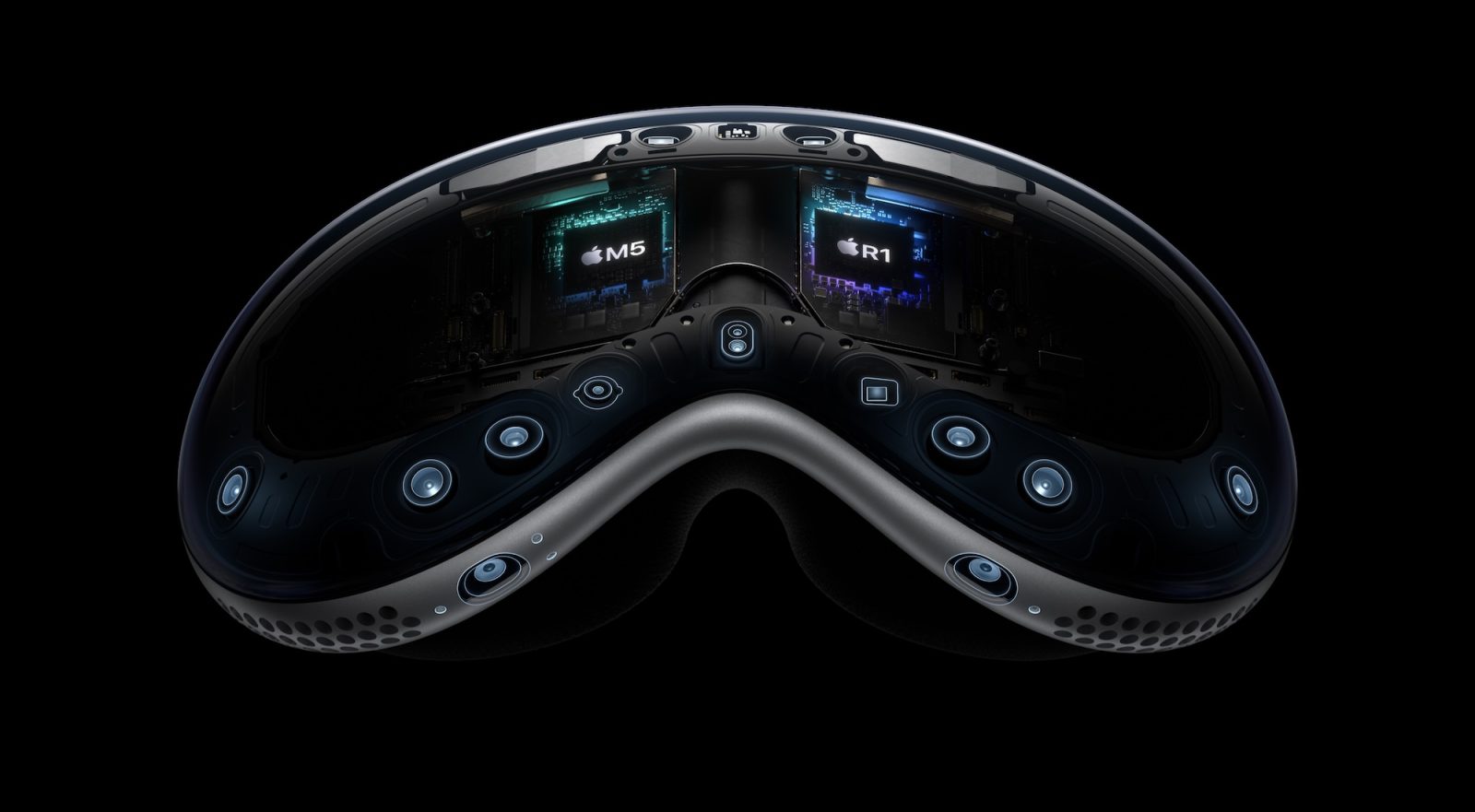Apple is set to introduce its slimmest iPhone to date, the iPhone 17 Air, measuring a mere 5.5mm in thickness. This groundbreaking design brings with it a host of advantages and some notable compromises. Let’s delve into the key pros and cons of this upcoming device.
Pros:
1. Battery Life:
Despite its ultra-thin profile, the iPhone 17 Air is engineered to maintain robust battery performance. According to Bloomberg’s Mark Gurman, Apple has reimagined display and silicon components, alongside software optimizations, to enhance efficiency without sacrificing battery life. While it may not match the longevity of larger models, it is expected to deliver standard iPhone battery performance suitable for most users.
2. Affordability:
The iPhone 17 Air is anticipated to retain a price point below $1,000, aligning with the outgoing iPhone 16 Plus. This pricing strategy makes the cutting-edge design accessible to a broader audience without imposing a premium cost.
3. Advanced Display Technology:
Equipped with a 6.6-inch OLED display featuring Low-Temperature Polycrystalline Oxide (LTPO) technology, the iPhone 17 Air introduces 120Hz ProMotion and always-on display capabilities to non-Pro iPhone models for the first time. This advancement ensures smoother visuals and enhanced user experience.
4. MagSafe Compatibility:
Contrary to earlier speculations, the iPhone 17 Air will support MagSafe technology. Recent dummy model leaks confirm the inclusion of MagSafe, allowing users to continue utilizing magnetic accessories and wireless charging solutions seamlessly.
Cons:
1. Simplified Camera System:
The iPhone 17 Air will feature a single 48-megapixel rear camera, omitting the ultra-wide and telephoto lenses found in Pro models. While the primary sensor offers 2x optical zoom capabilities, the absence of additional lenses may limit photographic versatility for users who rely on multiple focal lengths.
2. Audio Limitations:
Due to its slim design, the iPhone 17 Air is expected to house only one speaker. To compensate, Apple plans to enhance the earpiece speaker’s performance. However, for optimal audio experiences, users might prefer utilizing external devices like AirPods Pro.
3. Connectivity Considerations:
The iPhone 17 Air will debut Apple’s in-house C1 modem. While this marks a significant step in Apple’s technological independence, initial reports suggest that the C1 modem may not match the performance of existing Qualcomm modems. Users could experience slightly reduced peak speeds and less reliable connectivity, with the modem lacking support for millimeter wave (mmWave) technology, which facilitates higher cellular speeds in certain areas.
4. Absence of Physical SIM Slot:
In pursuit of its ultra-thin design, the iPhone 17 Air may forgo a physical SIM card tray. This design choice aligns with the growing adoption of eSIM technology in regions like the United States. However, it could pose challenges in markets where physical SIM cards remain prevalent or are mandated by regulatory requirements.
Conclusion:
The iPhone 17 Air represents a bold leap in smartphone design, offering a remarkably thin profile coupled with advanced features. While it introduces several benefits, such as enhanced display technology and MagSafe support, it also necessitates compromises in areas like camera versatility, audio output, and connectivity options. Prospective buyers should weigh these factors carefully to determine if the iPhone 17 Air aligns with their individual needs and preferences.



